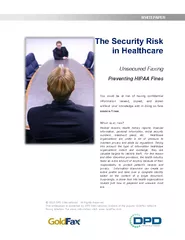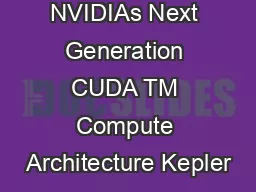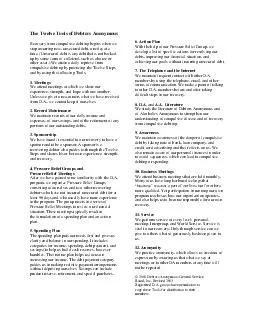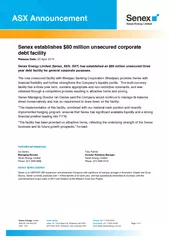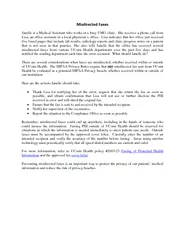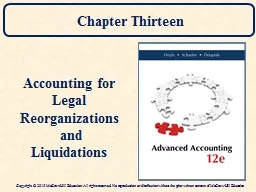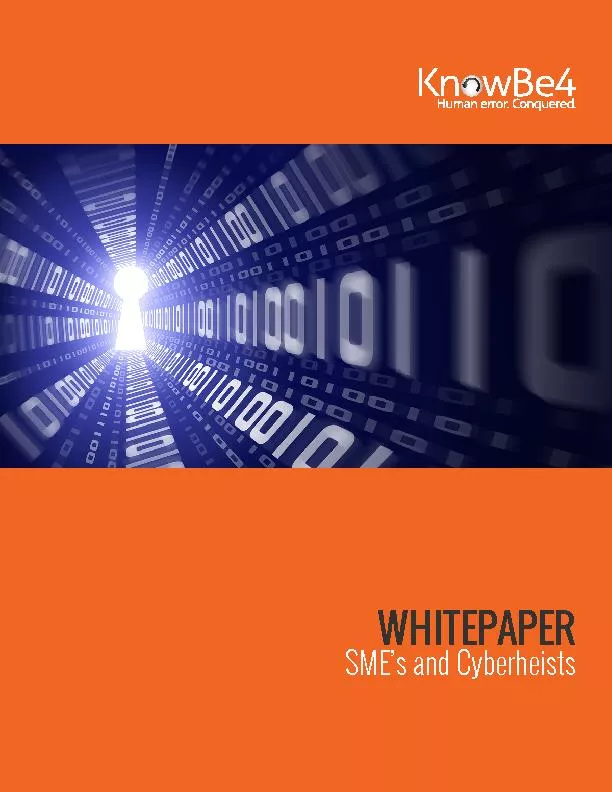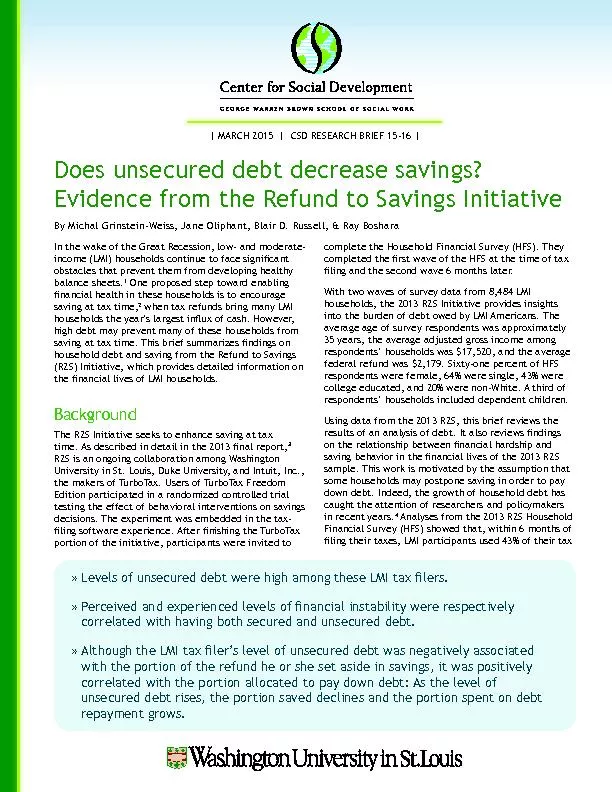PDF-WHITEPAPER KH HFXULWLVN LQHDOWKFDUH Unsecured Faxing P
Author : myesha-ticknor | Published Date : 2015-06-17
x x x x VWULFW57347SULYDF57347UHJXODWLRQV57347SHUWDLQLQJ57347WR57347WKH57347VHFXULW57347DQG57347FRQILGHQWLDOLW57347RI57347SDWLHQWV LQIULQJHPHQW57347FKDUJHV57347LI57347WKH57347IDLO57347WR57347PDLQWDLQ57347WKH57347FRQILGHQWLDOLW57347RI57347SDWLHQW5752
Presentation Embed Code
Download Presentation
Download Presentation The PPT/PDF document "WHITEPAPER KH HFXULWLVN LQHDOWKFDUH Unse..." is the property of its rightful owner. Permission is granted to download and print the materials on this website for personal, non-commercial use only, and to display it on your personal computer provided you do not modify the materials and that you retain all copyright notices contained in the materials. By downloading content from our website, you accept the terms of this agreement.
WHITEPAPER KH HFXULWLVN LQHDOWKFDUH Unsecured Faxing P: Transcript
Download Rules Of Document
"WHITEPAPER KH HFXULWLVN LQHDOWKFDUH Unsecured Faxing P"The content belongs to its owner. You may download and print it for personal use, without modification, and keep all copyright notices. By downloading, you agree to these terms.
Related Documents

